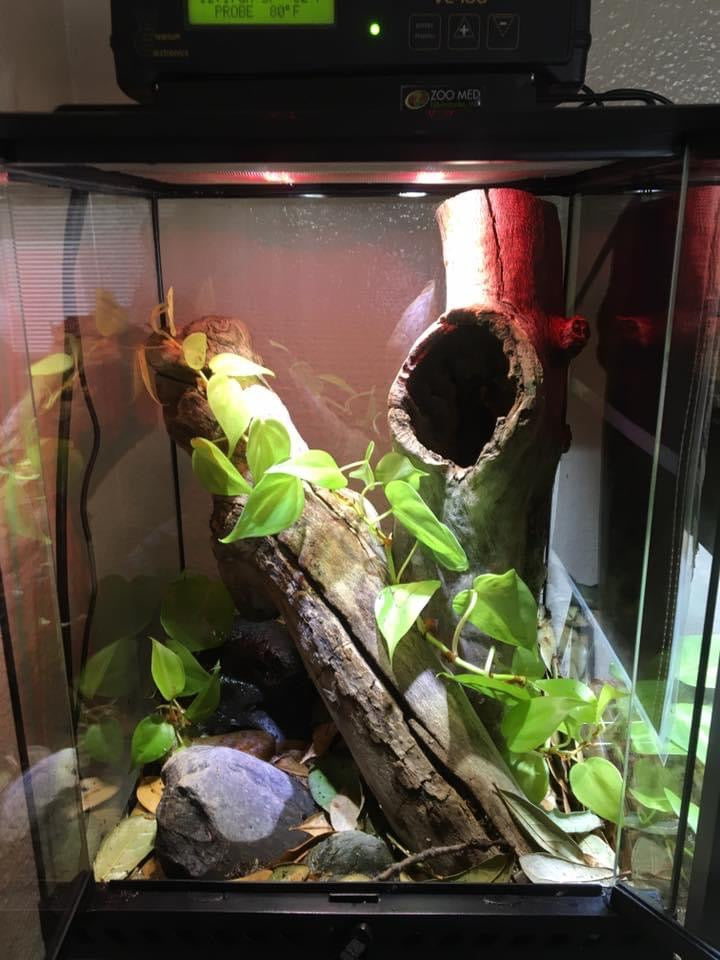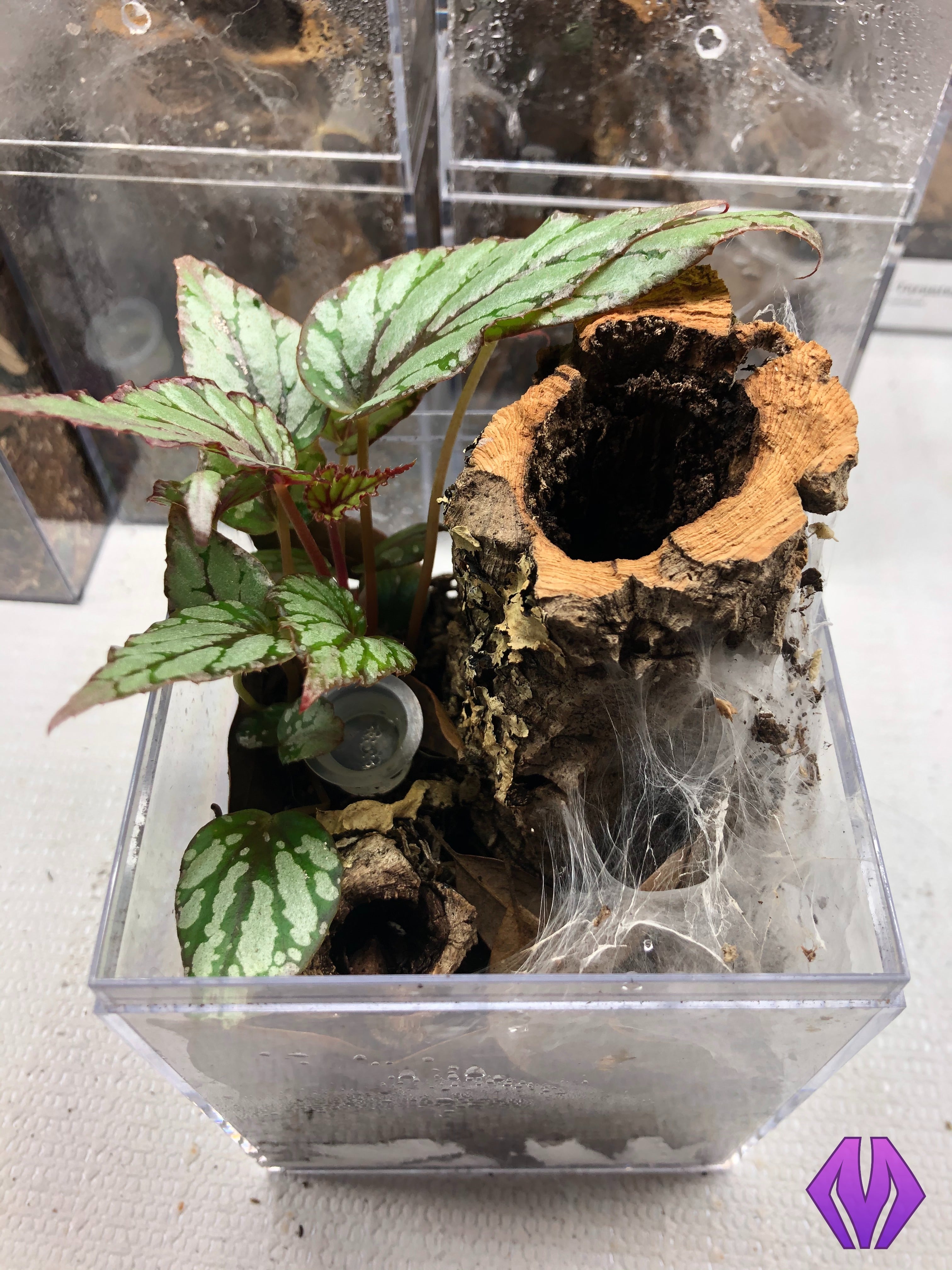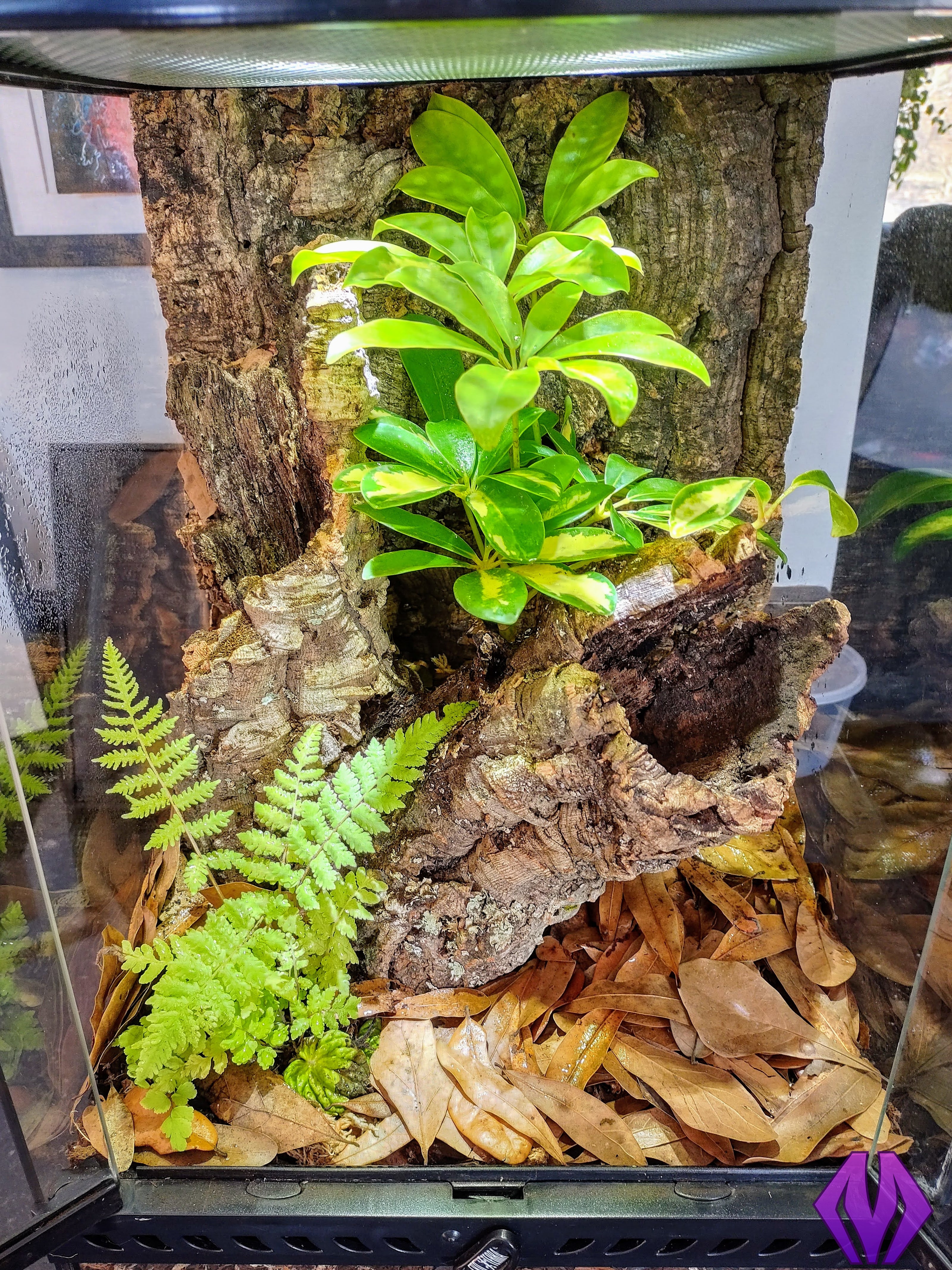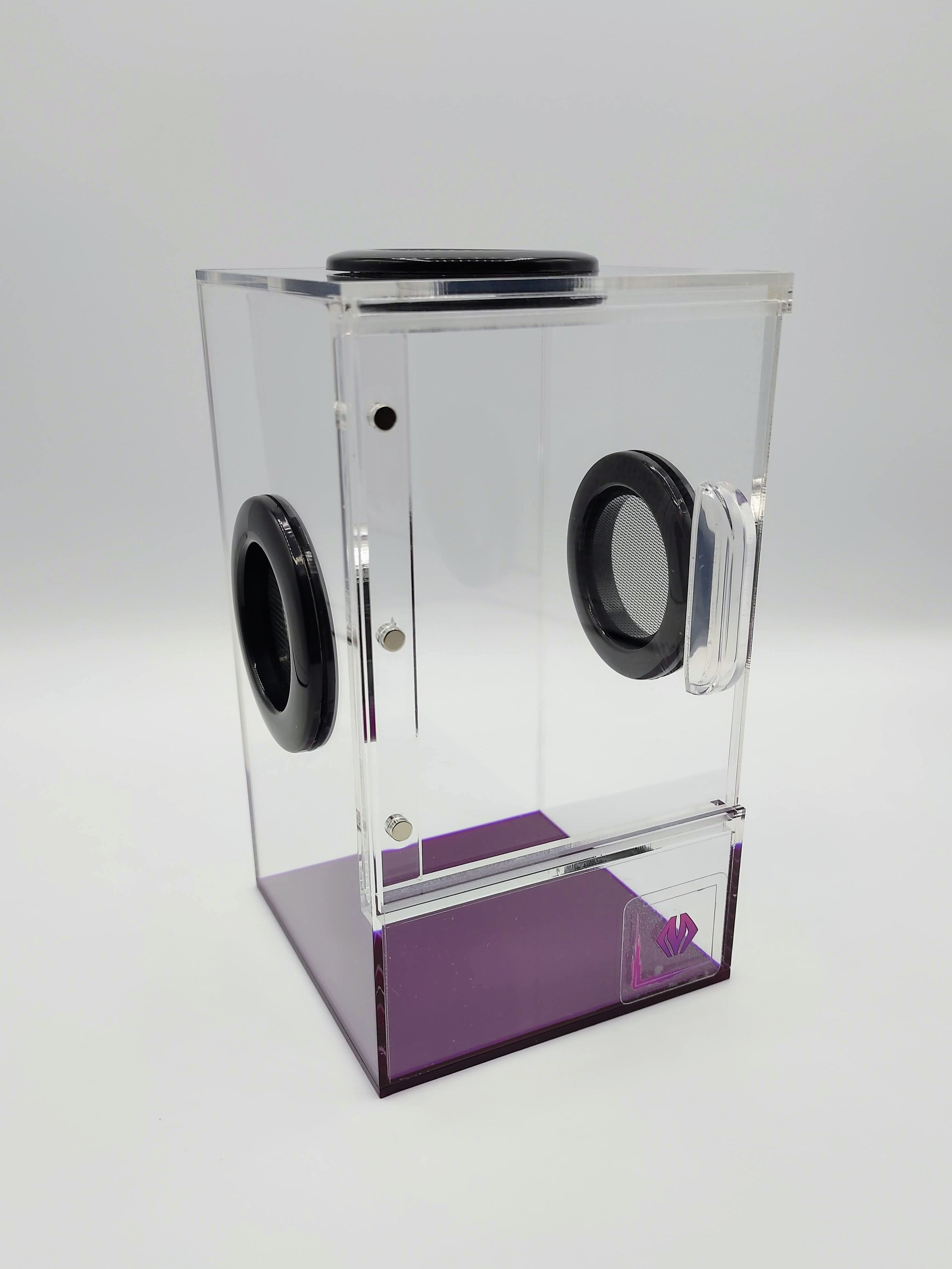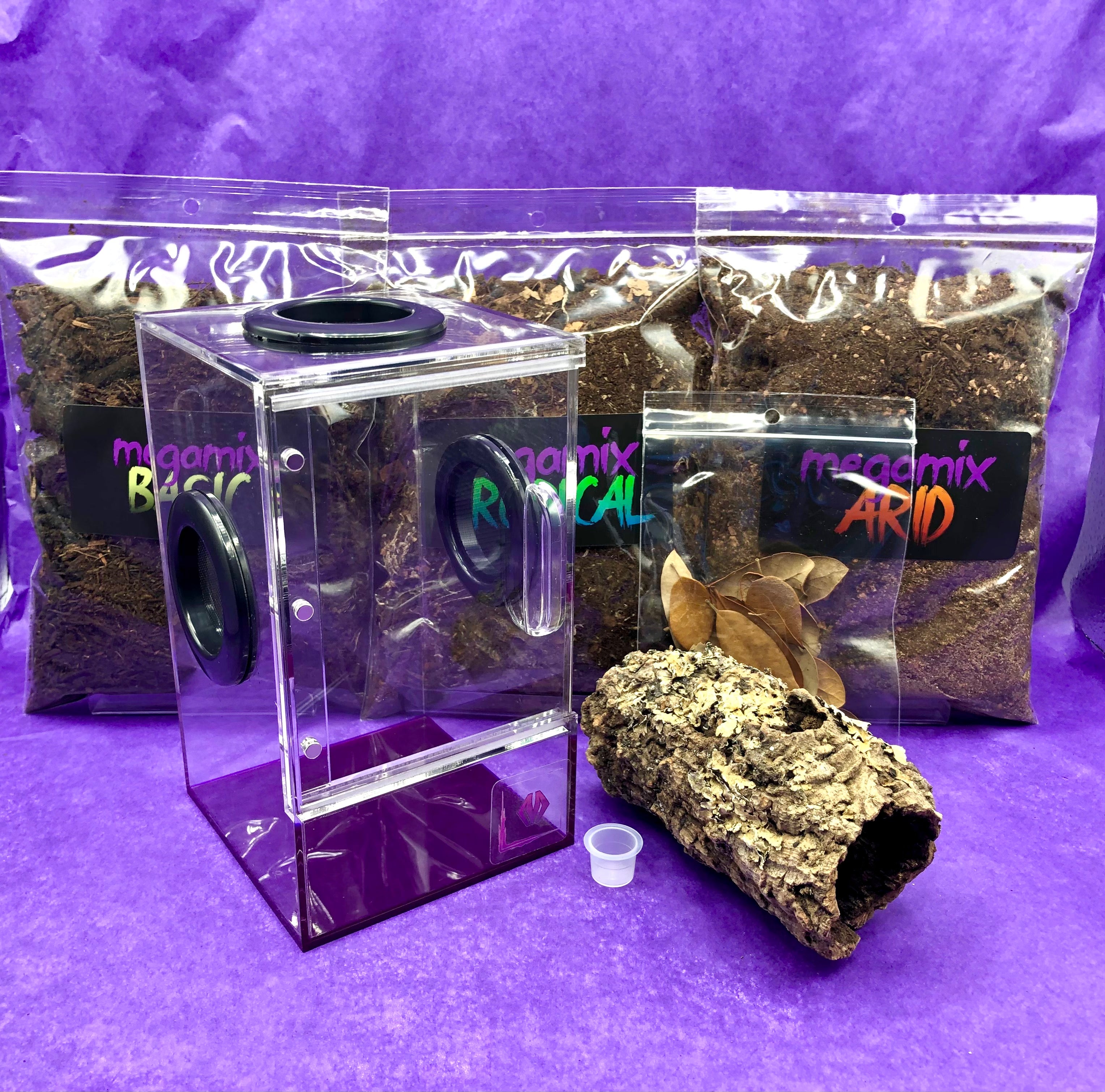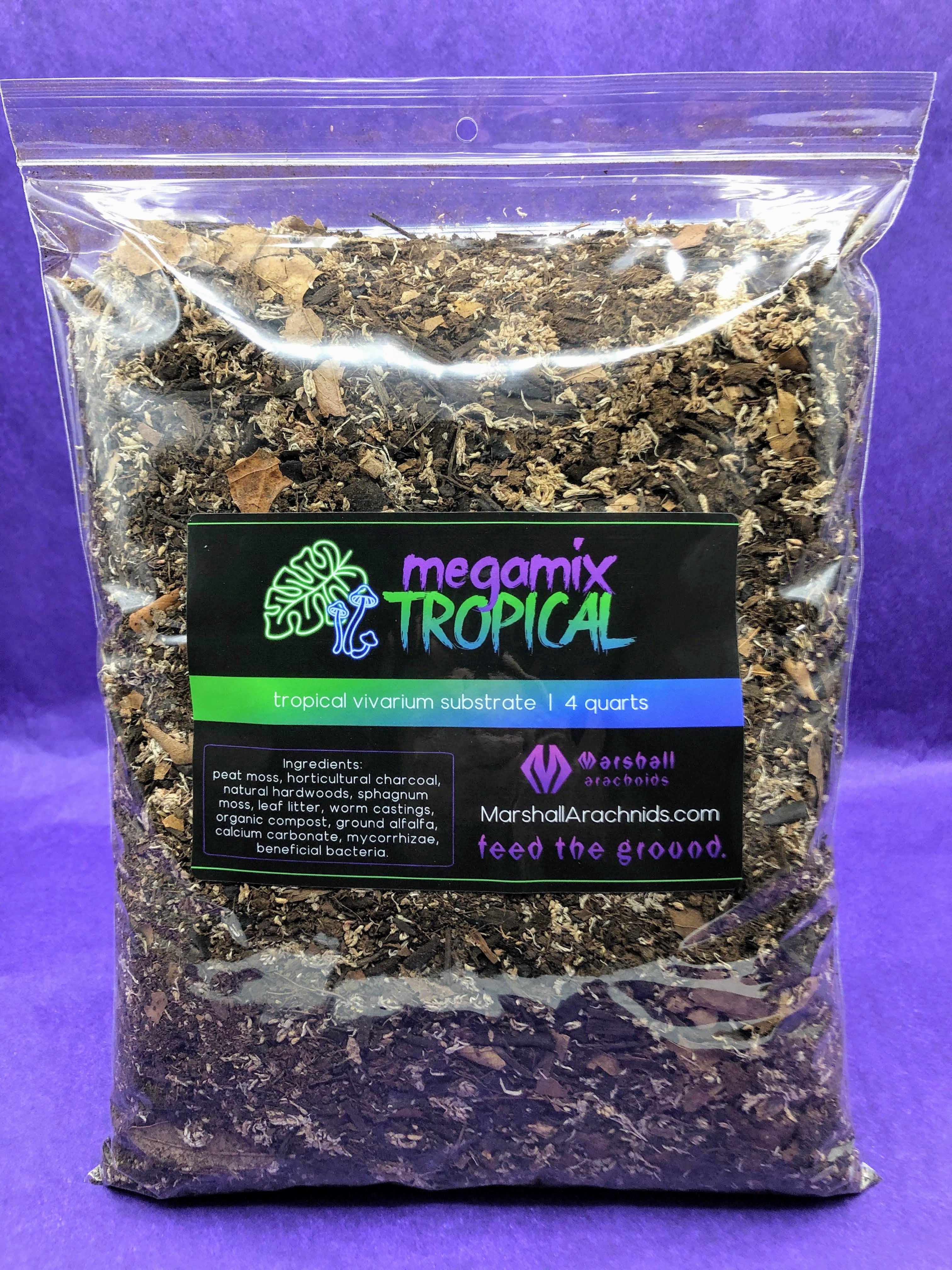Poecilotheria metallica care guide
description
the sapphire ornamental tarantula (Poecilotheria metallica) is a fast-growing Indian arboreal spider. They are a distinct member of the genus because of their striking blue-black coloration and relatively small adult size. Spiderlings grow into their blue coloration but show the same patterning. P. metallica has neon yellow banding on the knees in stark contrast to their overall darker coloration. This species is generally less defensive than other Old World species, but quick to retreat. The Poecilotheria genus possesses “medically significant” venom and can move at light speed when disturbed, so keepers should take extra caution when working with these animals.
-

adult female
-
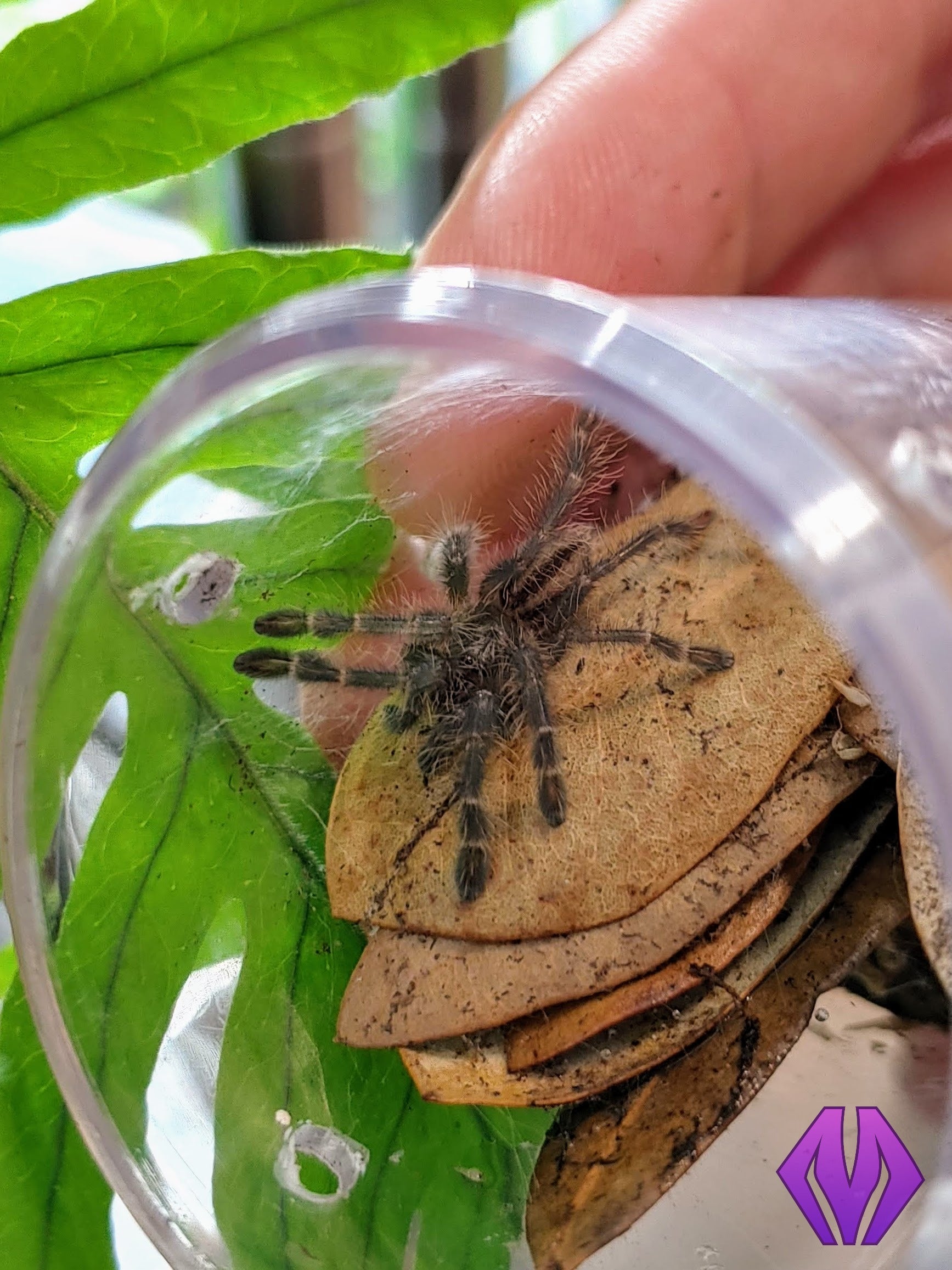
second instar spiderling
-

subadult female
natural history
P. metallica is native to a very small area of forest within the Andhra Pradesh state of India, but was first discovered in the town of Gooty in 1899, having been likely transported there by train. This region of India experiences dramatic seasonal changes throughout the year, characterized by very high daily temperatures exceeding 90°F and heavy monsoons (Theraphosidae.be). Nighttime temps can drop to below 60°F. Poecilotheria spiders have been found in natural cavities of dead and living trees in wild surveys. While comprehensive range studies have not been conducted for any Poecilotheria species, the Convention on International Trade in Endangered Species (CITES) states that the genus is under extreme threat of extinction due to deforestation and will be restricting trade of these spiders in the hobby in the near future (CITES 2019). P. metallica is classified as Critically Endangered due to deforestation by the International Union for Conservation of Nature (IUCN - P. metallica).
-
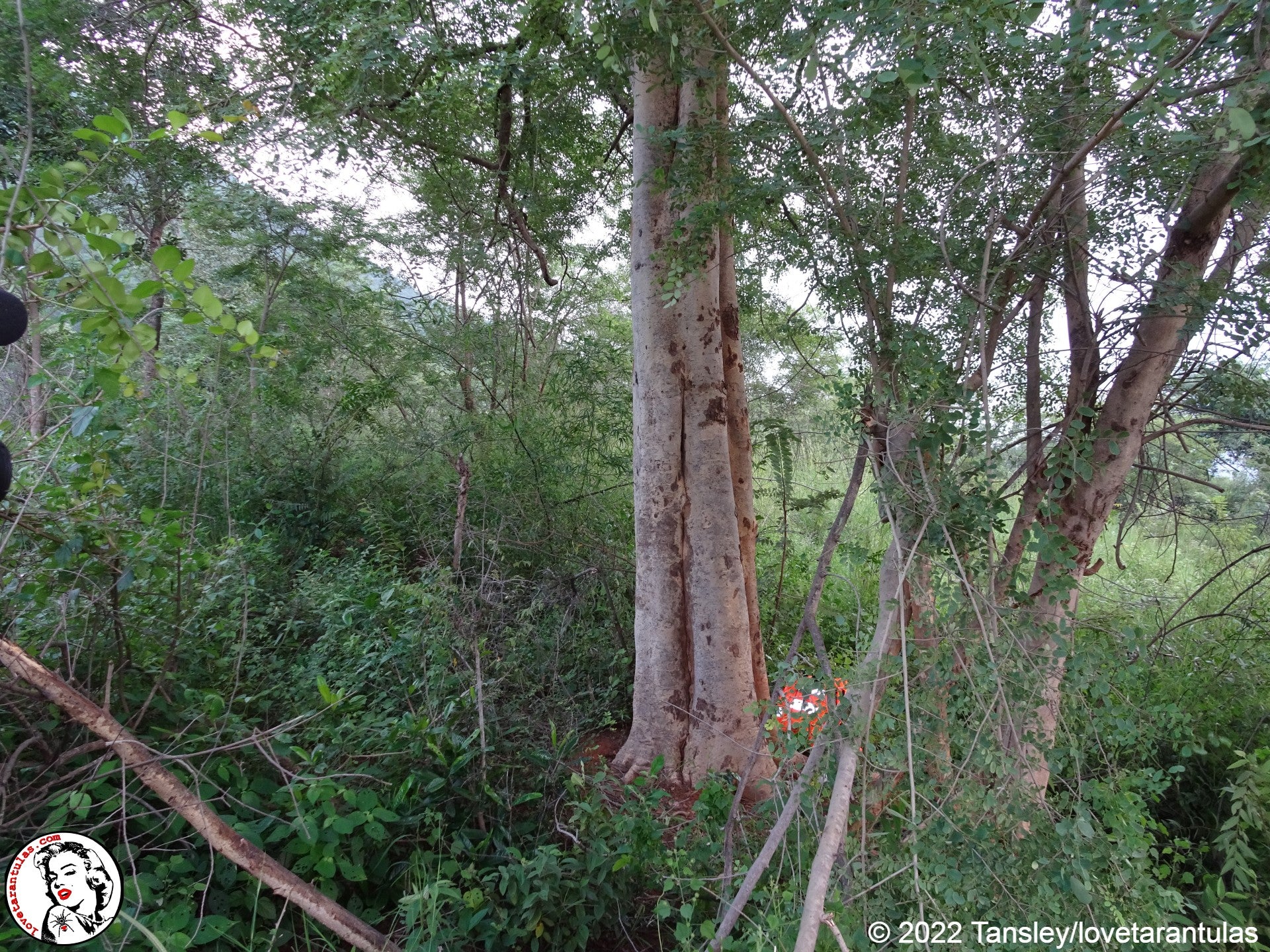
habitat of P. metallica, locality info withheld. photo used with permission from Andrew Smith. © 2022 Tansley/lovetarantulas
-
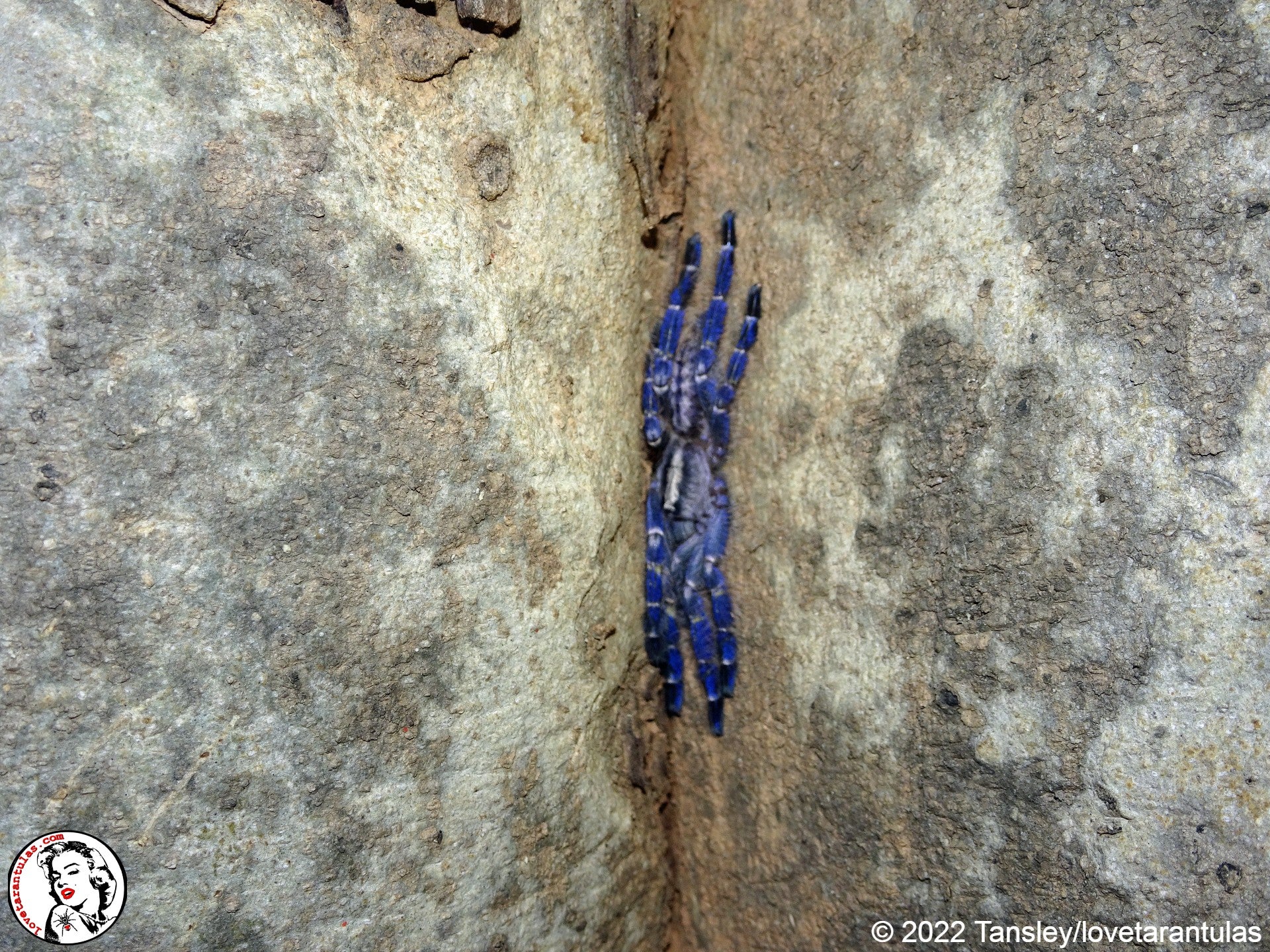
P. metallica in situ. photo used with permission from Andrew Smith. © 2022 Tansley/lovetarantulas
-
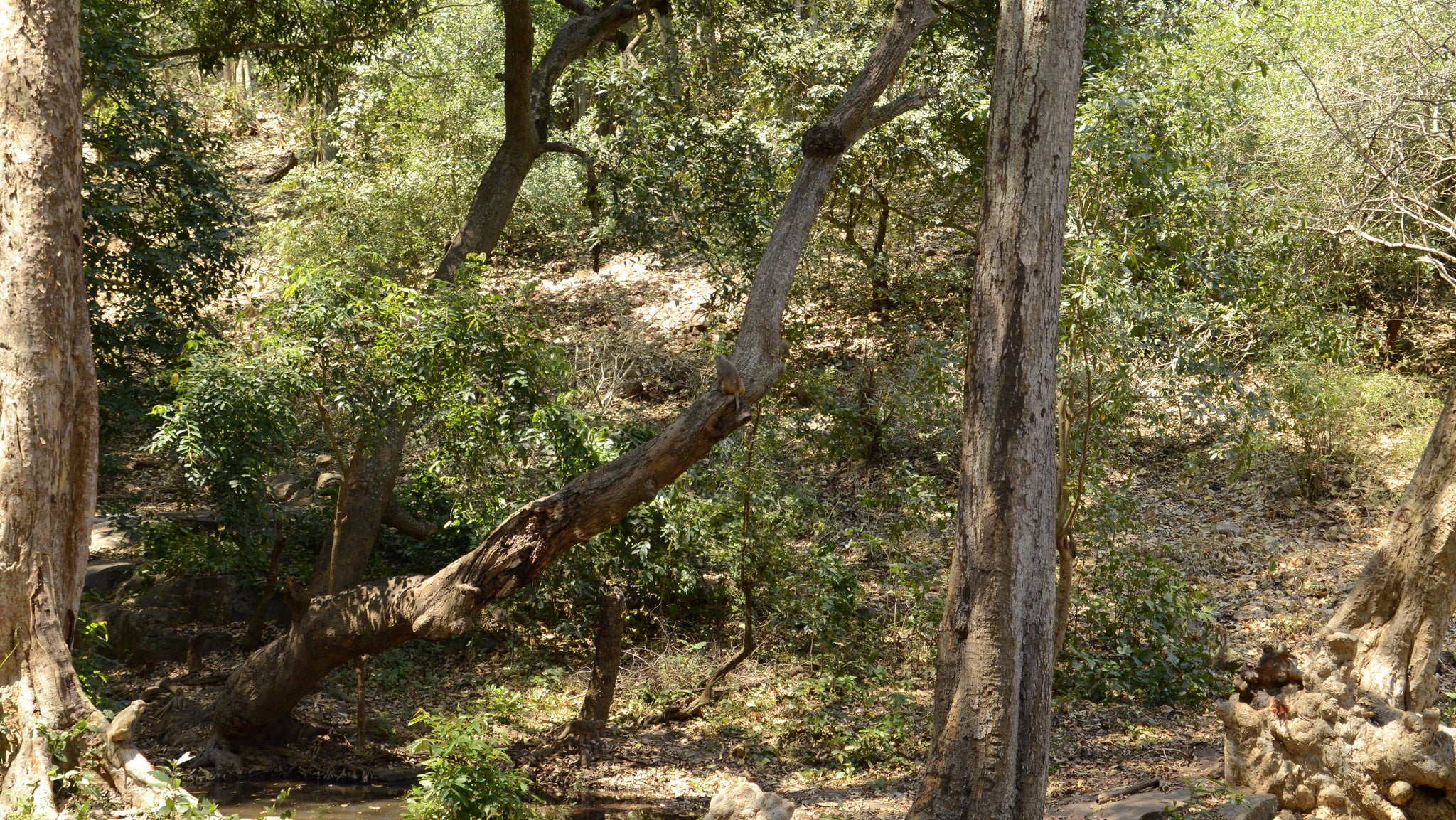
"File:Nallamalla forests at Srisailam.jpg" by Rajib Ghosh is licensed under CC BY 2.0
enclosure design
P. metallica max out at around 7” in diagonal leg span with 6” being the average for an adult female. Mature males can vary but are usually just as leggy. We set up all of our P. metallica adults in Exo Terra brand “Mini Tall” 12” x 12” x 18” glass enclosures, which we prefer due to their built-in cross-ventilation feature, double front-opening doors, locking mechanism, and clean look. The lid might pose an issue with tarantula claws getting stuck in the mesh, so consider replacing it with our PVC lid insert or replacement lid. We place a few cork bark pieces (hollow tubes are best) in a vertical position for hide options, fill the enclosure with 3-4” of megamix tropical substrate, plant a few foliage and vining plants, and provide a water dish. We set up spiderlings from 3/4”-2.5” in our TALL spiderling enclosure similarly, and juveniles from about 2-4” are housed in Exo Terra brand “Nano Tall” 8” x 8” x 12” enclosures. We’ve found that spiderlings tend to hide in leaf litter, so we always provide a thick layer of small oak leaves in our sling enclosures. There are anecdotal reports of this species choosing to live communally in the wild. We have raised spiderlings from the same sac communally ourselves for up to a year, although we do not recommend trying this because of the risk of cannibalism.
we highly recommend keeping this species in setups with ample ventilation to prevent stagnant conditions, which can be improved with forced airflow. We keep a small portable fan in our animal room on the low setting. If you choose to use a fan, be sure to place it so it is not blowing directly at your enclosure.
maintenance
At Marshall Arachnids, we strive to take each species’ natural history into account when designing and maintaining vivaria for our spiders. In our experience this species is very hardy. We provide our P. metallica adults with a daytime thermal gradient of about 75 to 85°F, with the top of the enclosure being the warmest. Nighttime temps drop down no lower than 65°F. Each spider has the opportunity to thermoregulate by moving around the enclosure as they please. Although these spiders can certainly tolerate being kept at “room temperature” for long periods of time, we believe it is beneficial to provide them with parameters that are consistent with their natural environment. We mist daily to provide fresh water droplets to drink from and to raise ambient humidity for live plants. We add water to the substrate for live plants and clean-up crew as needed. Change the water dish every other day, or as soon as it is soiled. For adults, we tong-feed appropriately-sized live dubia roaches or crickets every 7-21 days, but not on a set schedule. For slings, we offer food approximately every 5-7 days or as-needed. P. metallica tend to seal their hide off with webbing before and during molting; during this time, we are hands-off and do not offer food until the spider emerges post-molt. These spiders can safely go weeks on end without food, so do not be concerned if this is the case. Just continue to mist and provide clean water regularly.
Fun Fact! The genus ‘Poecilotheria’ translates to ‘spotted wild beast’, in reference to the ornate patterning that each species displays. Also, P. metallica’s name came long before the band.







